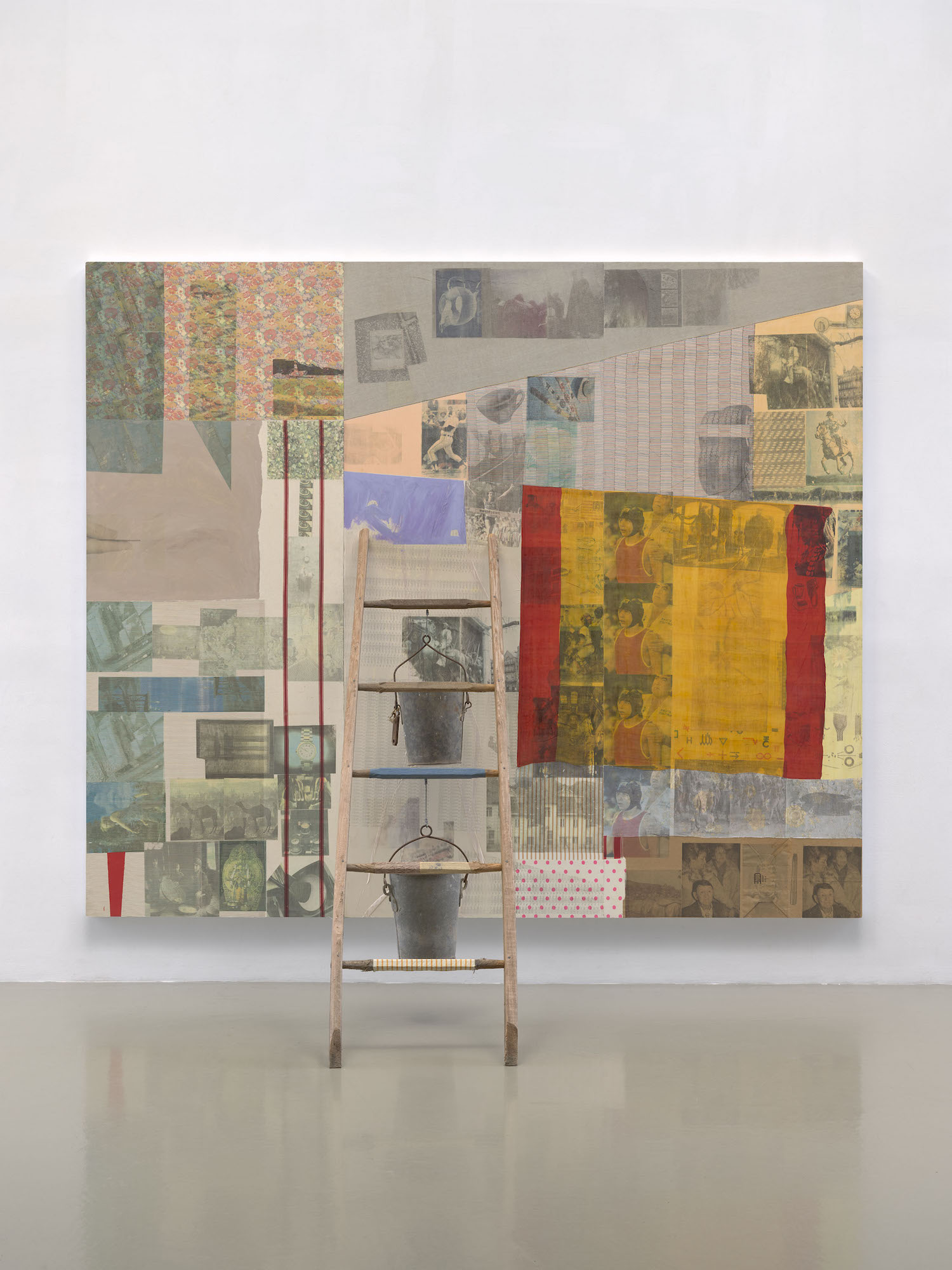
Photo Ron Amstutz. Courtesy of the Robert Rauschenberg Foundation ant Mnuchin Gallery, New York.
Despite Robert Rauschenberg’s status as a towering figure in postwar American art, there is an undeniable gap between him and his peers. In both the public imagination and the marketplace, he has been overshadowed by figures like Andy Warhol and Jasper Johns.
Now, the Rauschenberg Foundation, which the artist established before his death in 2008, is hoping to ignite the enthusiasm of art lovers and buyers alike. This spring, the foundation is collaborating with three galleries—Gladstone and Mnuchin in New York and Thaddaeus Ropac in Salzburg—for focused shows that will “make visible the stylistic diversity and conceptual continuity of this radically inventive artist,” the foundation said in a statement.
“It’s probably safe to say that Bob is the greatest, best-known artist who is the least well understood,” the foundation’s director Kathy Halbreich told Artnet News. Halbreich believes this is, at least in part, because the artist possessed incredible stylistic range—and the art world prefers easy definitions.
“You’re either this or that: painter or sculptor; performer or craftsman; tied to your place and reflective of it or purely global,” she said. “Bob is an artist of ‘both’ and that makes it very hard for people to get their arms around, but it also makes him the perfect artist for today.”
Robert Rauschenberg, Untitled (Venetian) (detail) (1973) © Robert Rauschenberg Foundation, Courtesy the foundation and Gladstone Gallery. Photography by Ron Amstutz
Rauschenberg’s “Venetians” and “Early Egyptians” series, made between 1972 and ’74, will be shown at both branches of Gladstone in New York. Made from everyday materials, they reveal the artist’s often overlooked role in defining the history of post-minimalist sculpture.
Ropac, meanwhile, will show rarely seen clay works Rauschenberg made in Japan in the 1980s and ’90s. Highlights from the second half of his career (1971–99), particularly works that blend painting and sculpture, will be shown at Mnuchin Gallery. Sales from the shows will support the foundation’s programs.
The Rauschenberg Foundation has had a number of different galleries over the years. In 2015, it left Gagosian in favor of three representatives: Pace, Thaddaeus Ropac, and Luisa Strina. The foundation said in a statement that it now has no exclusive or formal relationship with any gallery, but “will continue to work with these galleries and others in ways that are mutually beneficial to the Rauschenberg legacy and foundation mission.”
The foundation is also collaborating with top art advisor Allan Schwartzman, who recently formed his own firm after departing Sotheby’s in 2020.
Halbreich is particularly excited to see Rauschenberg’s work in new contexts. She recalled with delight spotting one of the artist’s works hanging next to a Matthew Barney and Arthur Jafa in Gladstone’s booth at a recent art fair. “Hallelujah,” she said. “I don’t want him next to Jasper Johns. I want him to be seen as prescient, giving people extraordinary permission and blowing open every way that we tend to want to define and constrain art.”
Major works by Rauschenberg rarely surface at auction. His record, $88.8 million for Buffalo II (1964), widely considered one of his masterpieces, was set at Christie’s in 2019. The next highest price is a fraction of that sum, $18 million, paid for a 1961 painting in 2015, according to the Artnet Price Database.
“I think there is no artist as significant and undervalued by the market as Robert Rauschenberg,” Schwartzman told Artnet News. “There has been a lot of success and growth in the private market but none of this is published or widely shared. Sometimes it takes 50 years of perspective for an artist’s, such as Rauschenberg’s, vision to fully manifest and for its relevance and historical significance to be redefined through the eyes of contemporary art.”